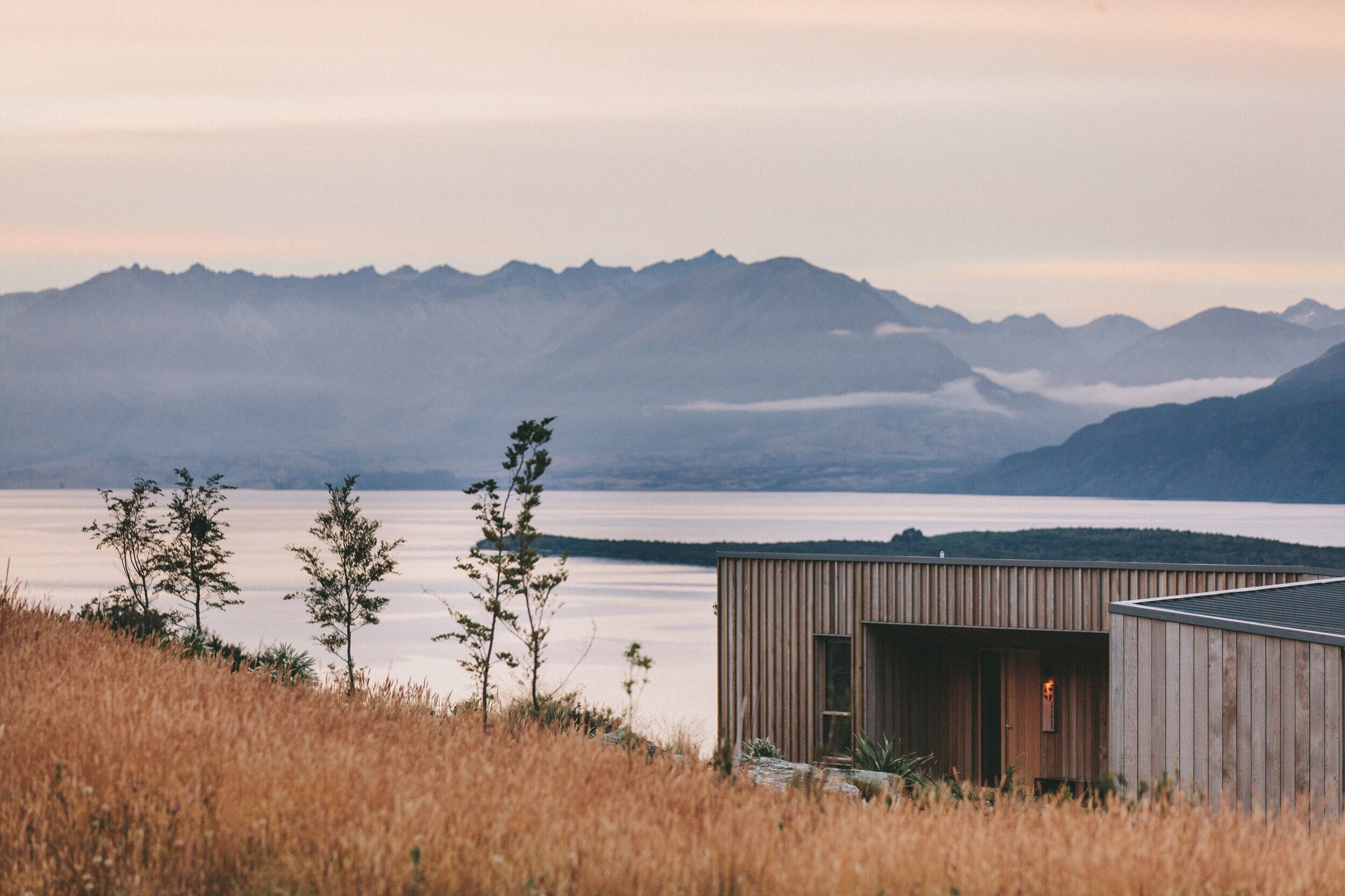The Soap Story
I mostly use essential oils for scent, but occasionally will use fragrance oils because there is a time and place for each: Essential oils are my favorite for just about everything, but there are some scents that cannot be duplicated and essential oils do not always maintain scent through the saponification process. Examples are the Oatmeal & Honey or “Cup o’ Joe” coffee soaps; there is no blend of essential oils that can replicate that cozy and comforting scent of a hot bowl of warm oatmeal or fresh ground coffee beans.
Similarly, no artificial colorants are added, to minimize unnecessary chemicals in Love, Ruchi products—instead I use clays, charcoal or other natural additives such as Spirulina (a blue-green algae that is also a superfood!) to give a pleasing appearance. I personally don't need a bright blue bar of soap in my shower!
It started with a curiosity about the growing soap-by-the-ounce industry. You know the type—cool colors, textures, and scents, but also filled with the same ingredients I was hoping to avoid. Why pay so much for so little benefit?
So, I did what I do: I looked it up on the internet. “Cold process soap making.” A new take on an old theme—the saponification of oils with an alkaline substance In the old days, it was chanced upon by people realizing that the fat that dripped into the ash of the cooking fire turned into an entirely new substance with cleansing properties. These days, one can use animal or vegetable oils and butters mixed with lye, and with some careful measuring, mixing, and a bit of patience, the reward is a homemade creation that meets exactly your own specifications. What beauty—My soap, for my family. Very quickly, my batches were shared with friends and family and then became my holiday gifts to work colleagues and school teachers. I still enjoy making every batch, with the various scents filling the house.
LOW ENVIRONMENTAL IMPACT
I do not use any palm oil; I dabbled with it in the beginning. It’s a more cost-effective way to make a harder, more desirable bar of soap than those using only vegetable oils. However, palm oil production is an environmental scourge. Sure, there are “sustainable,” eco-friendly sources, but I decided to avoid any and all of the controversy and instead “upgrade” my ingredients to include more rich items like shea butter and beeswax, trading price for environmental impact.
Soap requires little packaging, and buying ingredients in bulk means a lot less waste overall per bar of soap. I keep packaging simple and paper-based.


